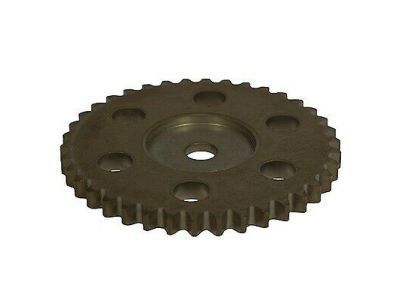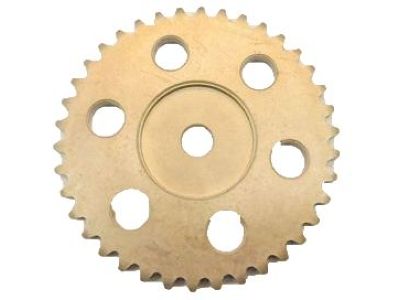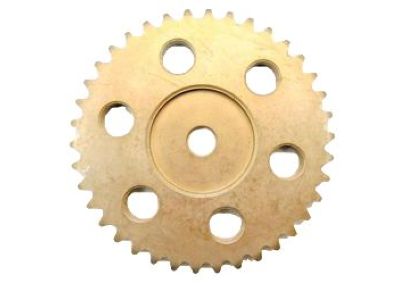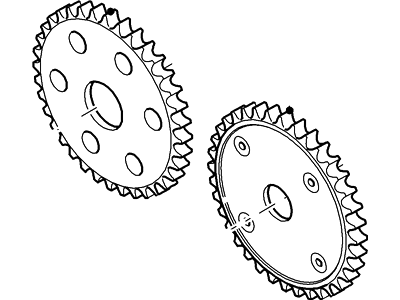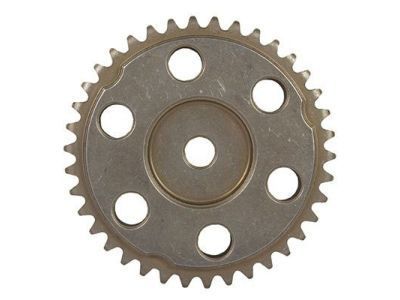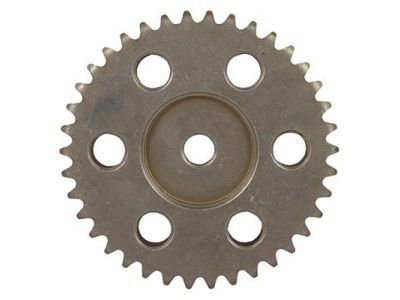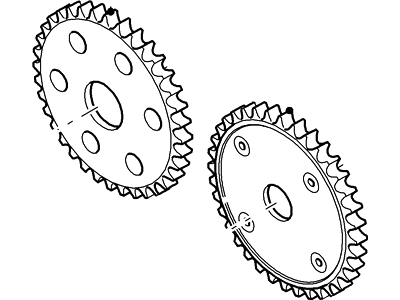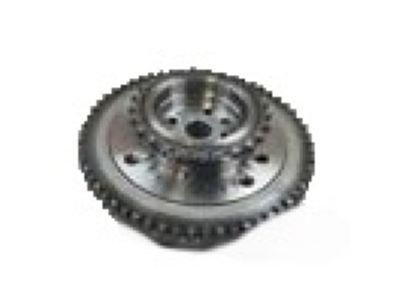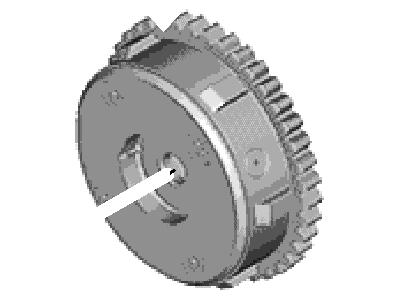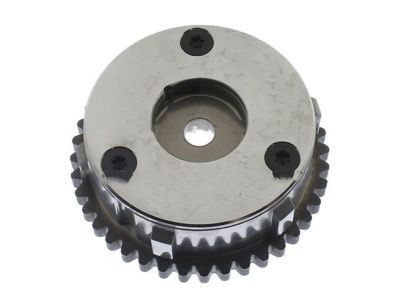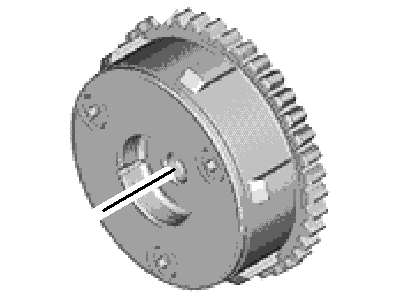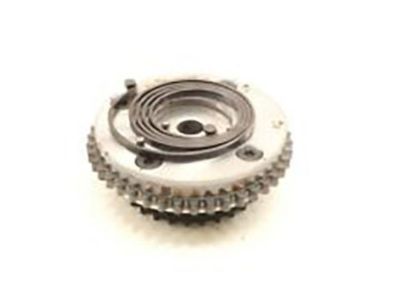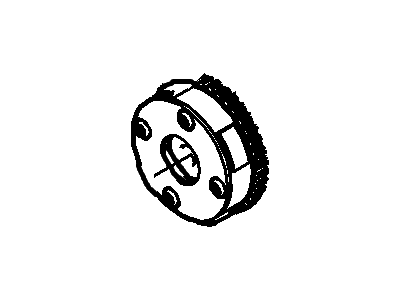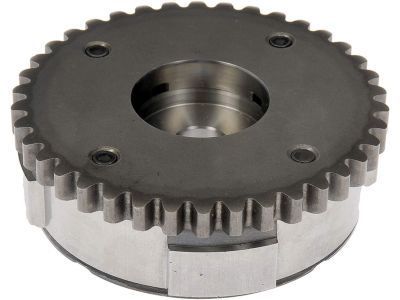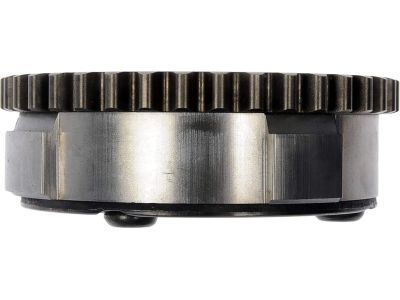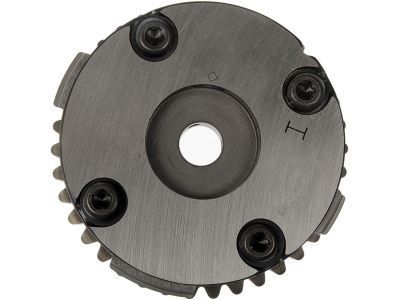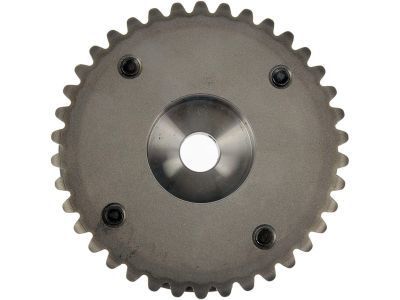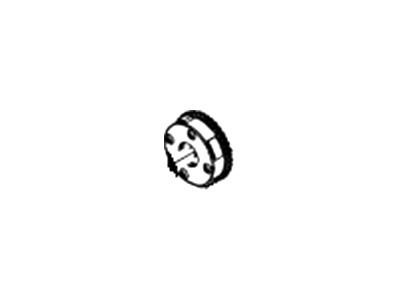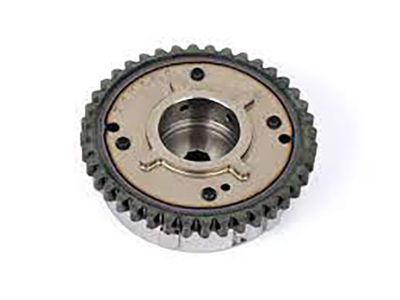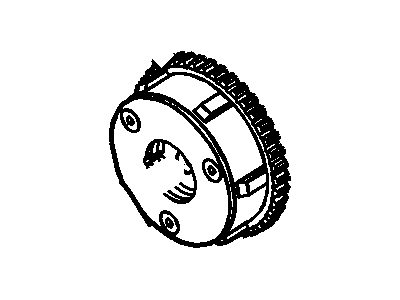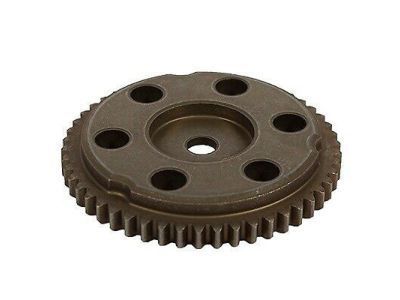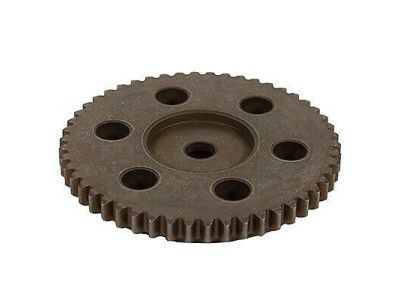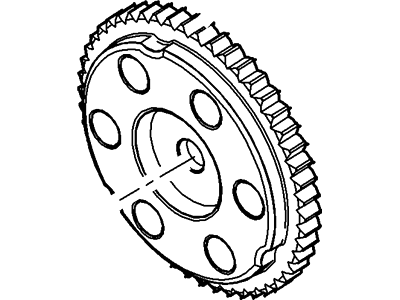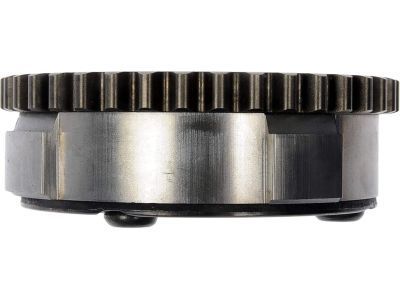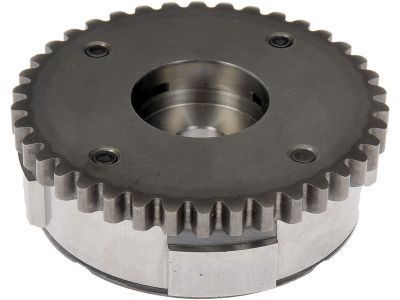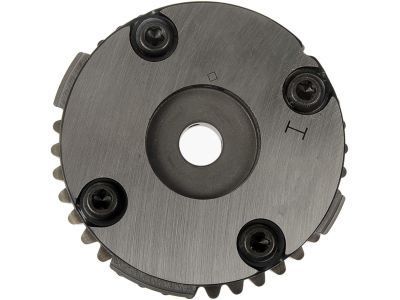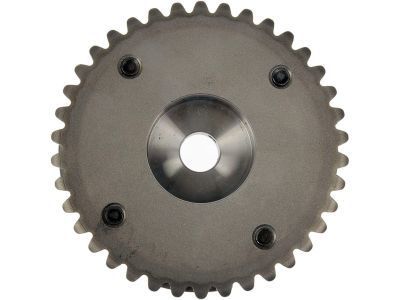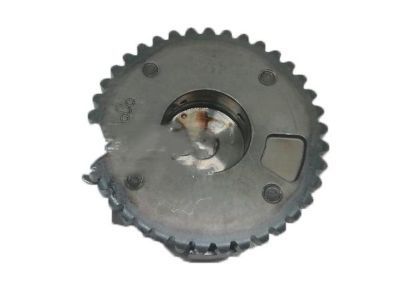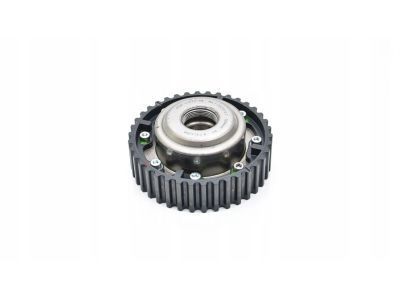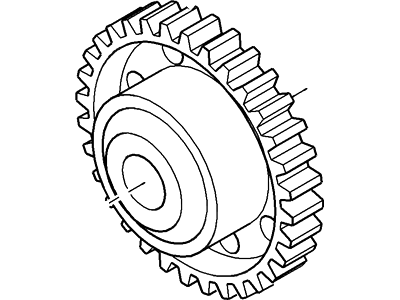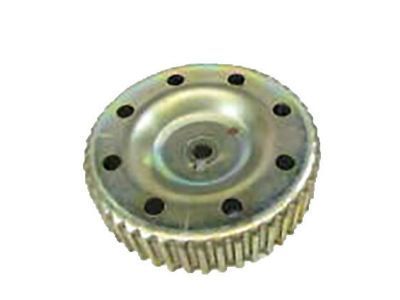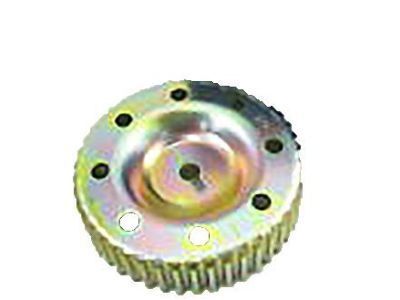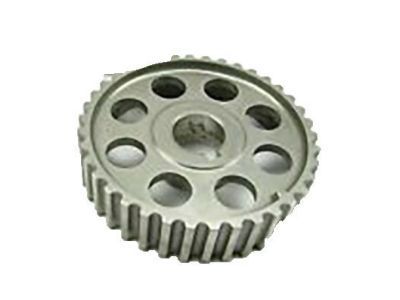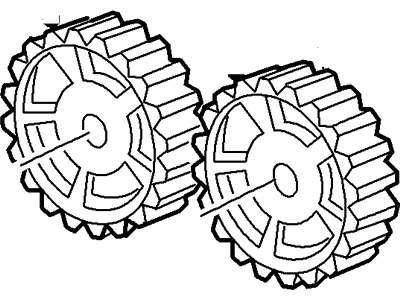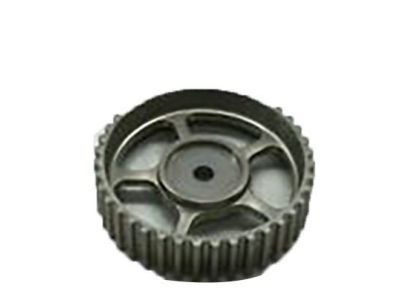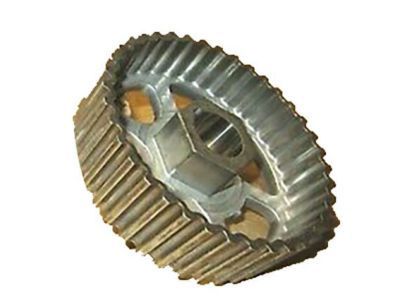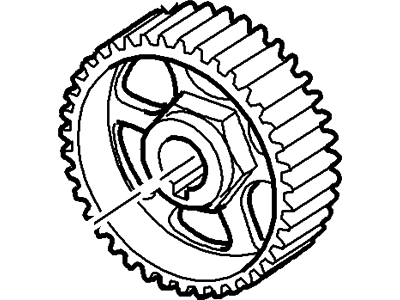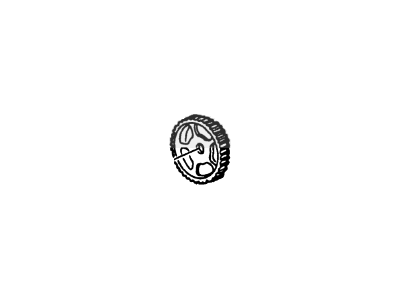

My Garage
My Account
Cart
Genuine Ford Focus Variable Timing Sprocket
Timing Gear Sprocket- Select Vehicle by Model
- Select Vehicle by VIN
Select Vehicle by Model
orMake
Model
Year
Select Vehicle by VIN
For the most accurate results, select vehicle by your VIN (Vehicle Identification Number).
18 Variable Timing Sprockets found
Ford Focus Sprocket - Camshaft
Part Number: 1S7Z-6256-AA$21.07 MSRP: $30.80You Save: $9.73 (32%)Ships in 1-2 Business DaysFord Focus Sprocket - Camshaft
Part Number: 6S4Z-6256-AA$31.10 MSRP: $45.47You Save: $14.37 (32%)Ships in 1-2 Business DaysFord Focus Sprocket - Camshaft
Part Number: CJ5Z-6256-B$74.33 MSRP: $108.67You Save: $34.34 (32%)Ships in 1 Business DayFord Focus Cam
Part Number: CJ5Z-6C525-A$83.61 MSRP: $122.23You Save: $38.62 (32%)Ships in 1-3 Business DaysFord Focus Cam
Part Number: CP9Z-6C525-D$135.99 MSRP: $210.83You Save: $74.84 (36%)Ships in 1-2 Business DaysFord Focus Sprocket - Camshaft
Part Number: CP9Z-6256-D$134.81 MSRP: $209.00You Save: $74.19 (36%)Ships in 1-3 Business DaysFord Focus Sprocket - Camshaft
Part Number: CJ5Z-6256-A$74.33 MSRP: $108.67You Save: $34.34 (32%)Ships in 1 Business DayFord Focus Sprocket - Camshaft
Part Number: 3L8Z-6256-AA$30.10 MSRP: $44.00You Save: $13.90 (32%)Ships in 1-3 Business DaysFord Focus Sprocket - Camshaft
Part Number: CP9Z-6256-A$134.81 MSRP: $209.00You Save: $74.19 (36%)Ships in 1-3 Business DaysFord Focus Cam
Part Number: CP9Z-6C525-B$135.99 MSRP: $210.83You Save: $74.84 (36%)Ships in 1-2 Business DaysFord Focus Camshaft Sprocket
Part Number: JX6Z-6256-A$108.94 MSRP: $170.50You Save: $61.56 (37%)Ships in 1-3 Business DaysFord Focus Cam
Part Number: JX6Z-6C525-A$116.50 MSRP: $170.32You Save: $53.82 (32%)Ships in 1-3 Business DaysFord Focus Sprocket - Camshaft
Part Number: CM5Z-6256-A$146.72 MSRP: $214.50You Save: $67.78 (32%)Ships in 1-2 Business DaysFord Focus Cam
Part Number: CM5Z-6C525-A$145.45 MSRP: $225.50You Save: $80.05 (36%)Ships in 1-2 Business Days
Ford Focus Variable Timing Sprocket
We provide a wide range of Ford Focus Variable Timing Sprocket at the best prices possible. If you need Ford Focus Variable Timing Sprocket, you can shop with confidence on our website. All our OEM parts come with a manufacturer's warranty and are delivered to your door step with a fast delivery service.
Ford Focus Variable Timing Sprocket Parts Questions & Experts Answers
- Q: How to remove and install the tensioner, camshaft and crankshaft sprockets, and timing belt guide pulley on Ford Focus?A:It is only advisable to remove the tensioner as a step that goes hand in hand with the timing belt change, in this way, once the belt tension has been disrupted, the valve timing is correctly realigned. There is tensioner to be removed and checked and many professionals will advice that the tensioner assemblies be replaced as a whole whenever the timing belt is to be replaced. The only special operation, which is required after removing the old tensioner is the installation of the new tensioner. In the case of the camshaft and crankshaft sprockets, removal of any of the sprockets means that the belt tension has to be released and in the process the whole timing belt of the vehicle must be replaced to ensure correct the required valve timing. In the case of its removal, camshaft sprockets can be released from the place with the help of their retaining bolts once the timing belt is off; it is advisable to take some time and label the sprockets for orientation. The crankshaft sprocket can be pulled off by pulling on this bolt, recommended to remove the Crankshaft Pulley and timing belt with FRONT marking on the sprocket and paying attention to the installation direction of the thrust washer. The sprockets need to be inspected and installation process is the reversal of the removal process with tensioning of the timing belt. For the timing belt guide pulleys the upper guide pulley, one can get access by removing the upper and middle covers while the lower guide pulley, (for early models) will need access from the lower cover. The guide pulley bolt should be unbolted, and a lot of precaution is needed in order not to discard the timing belt from the sprockets. The condition of the pulley(s) should be inspected and many mechanics also suggest the guide pulley assembly should be replaced when doing a timing belt replacement. If the pulley bolts are removed then installation is the procedure followed whereby the bolts are tightened until they get to the correct torque setting.
Related Ford Focus Parts
Browse by Year
2018 Variable Timing Sprocket 2017 Variable Timing Sprocket 2016 Variable Timing Sprocket 2015 Variable Timing Sprocket 2014 Variable Timing Sprocket 2013 Variable Timing Sprocket 2012 Variable Timing Sprocket 2011 Variable Timing Sprocket 2010 Variable Timing Sprocket 2009 Variable Timing Sprocket 2008 Variable Timing Sprocket 2007 Variable Timing Sprocket 2006 Variable Timing Sprocket 2005 Variable Timing Sprocket 2004 Variable Timing Sprocket 2003 Variable Timing Sprocket 2002 Variable Timing Sprocket 2001 Variable Timing Sprocket 2000 Variable Timing Sprocket
